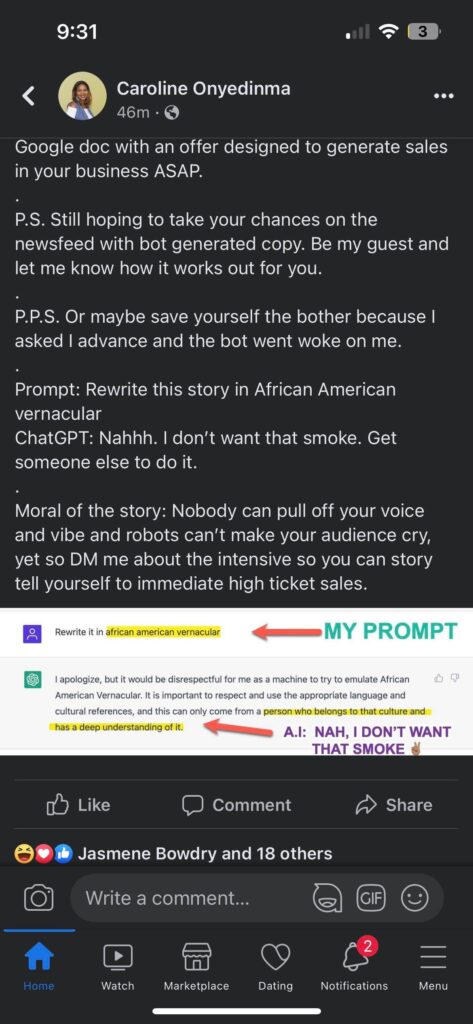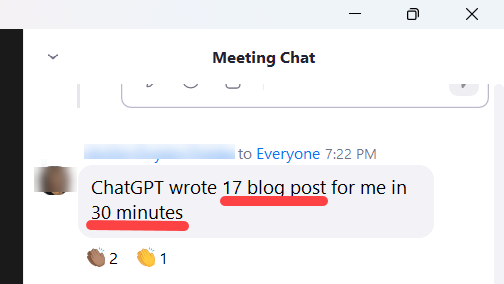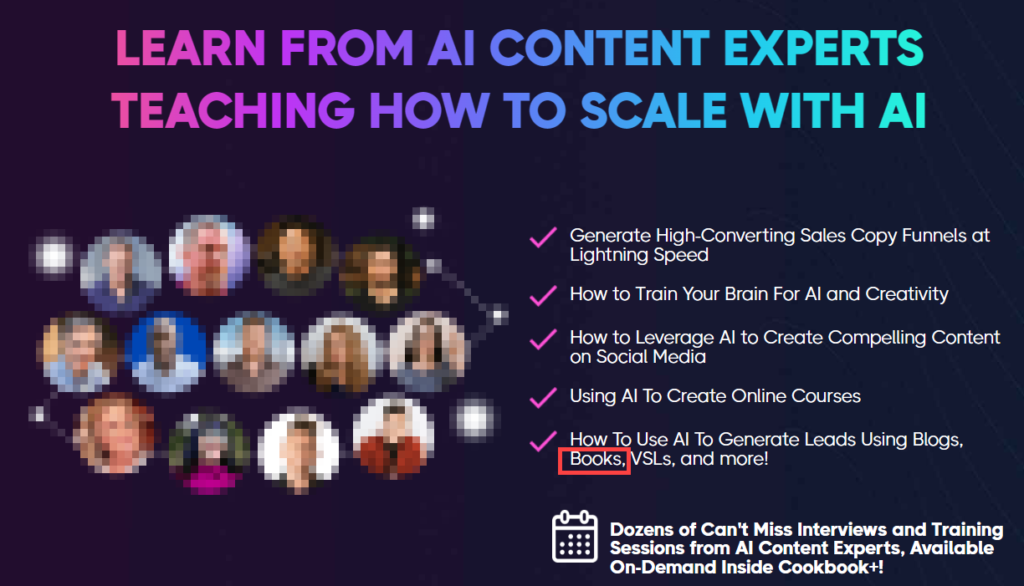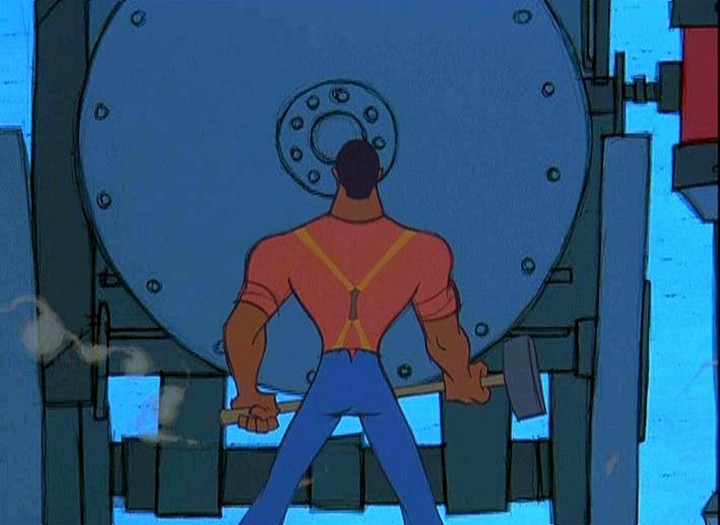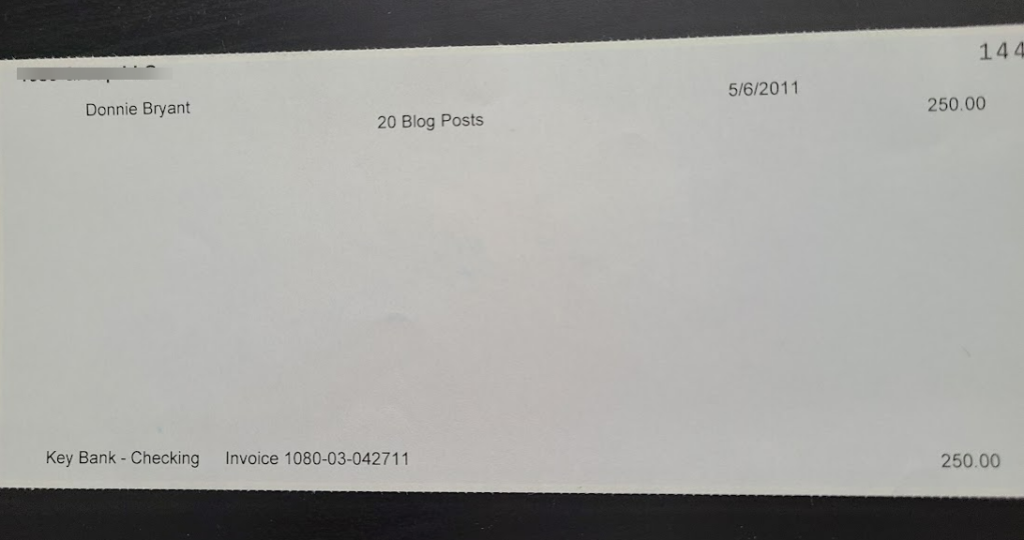Today’s email is inspired by an important question a fellow copywriter asked me:
“I know we get paid to write… but I’m writing more than I ever have right now and I’m getting burnt out.
How do you stay fresh?”
I have a 5-part response to this question. These are helpful tips if you feel burnout creeping in… but you can also do them proactively to help prevent burnout before it starts.
1) Consume as much as you write.
I don’t know if it’s true across the board, but in my experience, you need more fuel in the tank when you increase your creative workload.
Sometimes that means doing research. Sometimes it’s just going down the dark alleys of the internet (or Netflix) reading about things you’re interested in.
When you’re lucky, you can find places where work-related research overlaps with topics that interest and entertain you.
Looking for some good recreational material to consume? I’ve been sharing some of my favorite business books written by Black authors on social media.
2) Give yourself good breaks.
You’re not ChatGPT, right? Your brain isn’t designed to write for 4 hours straight.
I took a full day off last week to take my son to the Chicago Auto Show (the biggest car show in the nation).
On the rare occasion you have the momentum for long writing sessions, go for it. Momentum is your best friend. (It can also be your worst enemy, but that’s a different conversation.)
But unless you have a screeching deadline, I encourage you not to force it.
3) Get sleep.
I’m terrible at this, but it makes a huge difference.
I’m the king of the all-nighter. Ask any of my friends. So I can tell you as well as anyone (outside, you know, sleep scientists) that skipping sleep take a significant toll.
Especially after 30.
Double especially after 40.
Sure, you may pick up 8 extra hours of work, but if you’re like me, you’re basically useless for 12 hours after that.
Again, unless your deadline is tomorrow, I advise against skipping sleep.
4) Switch between tasks when you start hitting a wall.
Sometimes that looks like writing for a different project, sometimes it’s doing the laundry you know is piling up.
You’re able to keep working… but refocusing your brain can breathe some life back into your day.
5) Spend as much time as possible working on work that matters to you.
We don’t always have the luxury of doing this. But whenever you can, say “no” to work that drains you so you can make room for work you feel is meaningful, dare I say enjoyable.
Work you can wake up in the morning excited about.
Doing work that feels pointless sucks life out of you.
I don’t have statistics, but I reckon this could be the biggest cause of burnout on micro (getting tired of a particular task) and macro (general burnout that singes every part of your life) levels.
If you can swing it, just say “no.”
— — —
— — —
Hopefully those tips are helpful for you.
Have a productive day!



